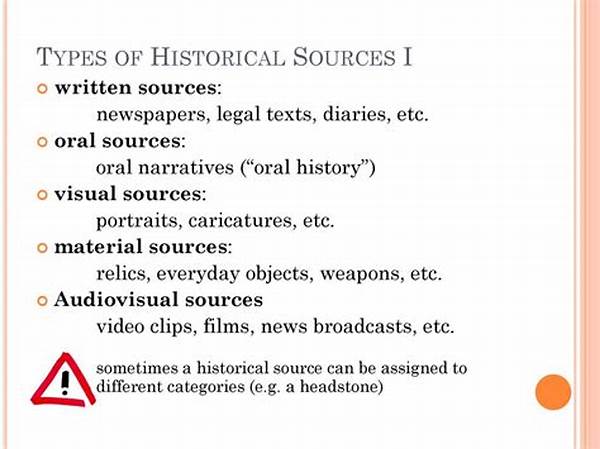In a world where information bombards us at every turn, finding compelling and accurate ways to educate and engage learners becomes a unique challenge. Imagine a classroom where history leaps off the pages of dusty books and into vivid, living color through the strategic use of audiovisual sources. Intrigued? You should be! Today’s learners are digital natives, a generation raised on YouTube tutorials and streaming services, so why not harness these tools in historical research and education?
Read More : How To Make Promotional Videos With High Av Quality
Gone are the days of monotonous history lectures that echo through time like an ancient crypt. Enter the era of interactive experiences where documentaries, films, and sound recordings breathe life into the past. It’s not just about telling stories but about crafting an unforgettable journey where students don’t just learn about history—they experience it. Learn why educators, historians, and students are increasingly turning to audiovisual sources to amplify the educational power of historical research and why this approach is not just effective but absolutely transformative.
The Transformative Essence of Audiovisual Sources
Audiovisual sources merge the narrative charm of storytelling with the empirical strength of recorded data, creating a powerful combination that fosters an immersive learning experience. Through audiovisual means, learners can experience history more personally and dynamically, which can cater to various learning styles, making history accessible to more students.
Visual storytelling offers a unique way to engage learners emotionally, allowing them to connect with historical figures, events, and eras in a more profound way. This connection enhances students’ desire to delve deeper into the subject matter, sparking an interest that a purely textual approach might not ignite. The benefits of audiovisual sources in historical research strengthen education by providing a multifaceted approach that speaks to both the rational and emotional aspects of learning.
Future of Historical Education
The integration of audiovisual sources in historical research exemplifies innovative teaching methods. They provide a vital service in bridging the gap between traditional education and modern technological advances, thus ensuring history’s relevance in contemporary education. No more passive absorption of facts; instead, students actively engage with the past, fostering critical thinking and analytical skills necessary for the future.
Additionally, these educational tools can democratize access to information, allowing students from different backgrounds to access high-quality resources without geographical constraints. The narrative approach can also promote empathy and a broader understanding, enabling students to view historical events through multiple perspectives.
How Audiovisual Sources Enhance Learning
Interactive Engagement
Audiovisual sources bring a new level of engagement that textbooks alone cannot achieve. Videos and sound recordings can vividly depict historical events, making them feel real and relevant.
Diverse Perspectives
Audiovisual media offers access to a broad spectrum of voices and perspectives, allowing students to encounter diverse viewpoints and develop a well-rounded understanding of history.
Emotional Connection
Soundtracks, dialogues, and visual elements can evoke emotions and empathy, helping students form deeper connections to the material and motivating them to explore issues more critically.
Practical Applications in Education
Educators can use audiovisual resources to complement traditional methods, integrating them into lessons and research projects to offer students varied learning avenues. Some ways these resources can be used include:
Read More : Sound System Installation Services For Auditoriums
Creating a Multimedia Classroom
The successful integration of audiovisual sources necessitates careful selection and preparation, ensuring these resources enhance rather than distract. Teachers should align media content with curriculum goals and learning outcomes to maximize impact.
Curating Resources
Selecting the right media is crucial. Educators should prioritize credible sources, possibly collaborating with libraries or archives to access high-quality material.
Preparation and Structuring
Before introducing audiovisual content, teachers should prepare students with background knowledge and context, prepping them to critically analyze the information presented.
Instructional Integration
Incorporate these resources into a structured framework, such as unit plans or thematic modules, to ensure they reinforce and expand upon the textual content.
Why It Matters
The education landscape is rapidly changing. The benefits of audiovisual sources in historical research extend beyond the classroom, preparing students for a world where digital literacy is paramount. By cultivating these skills, educators contribute to a more informed, empathetic, and engaged society.
Audiovisual sources present an innovative path forward, ensuring history remains alive and resonant for every student. Embracing these resources can transform not only how history is taught but also how it is perceived and appreciated in the broader context of lifelong learning.
In conclusion, the incorporation of audiovisual sources in historical research and education offers profound benefits, from enhancing engagement and understanding to fostering emotional connections and critical thinking skills. As educational practices continue to evolve in response to the digital age, audiovisual media remains a crucial asset in shaping effective and dynamic learning environments.
